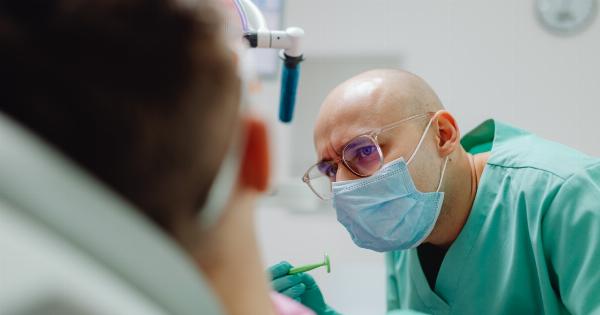A physical exam, also known as a check-up or a routine examination, is a medical assessment that is conducted to evaluate a person’s overall health.
It involves a series of tests, measurements, and observations to assess different aspects of bodily functions and systems. Physical exams are usually performed by healthcare professionals, such as primary care physicians or nurses, and they are an integral part of preventive healthcare.
Importance of Physical Exams for Adults
Physical exams play a crucial role in maintaining good health and preventing potential health issues. They allow healthcare professionals to detect early signs of diseases, identify risk factors, and provide appropriate interventions.
Regular physical exams can help in the early diagnosis and treatment of various health conditions, leading to better health outcomes. Additionally, physical exams also provide an opportunity for individuals to discuss their concerns or ask questions about their health.
Components of a Physical Exam
A comprehensive physical exam for adults usually includes the following components:.
1. Medical History
During a physical exam, the healthcare professional will ask you about your medical history, including any past illnesses, surgeries, or current medications you are taking. This helps them understand your overall health and any potential risk factors.
2. Vital Signs
The healthcare professional will measure your vital signs, such as blood pressure, heart rate, temperature, and respiratory rate. These measurements provide important information about your overall health and help in identifying any abnormalities.
3. General Appearance
The healthcare professional will assess your general appearance, including your physical appearance, body condition, and any visible abnormalities. They will also observe your behavior and mental state.
4. Head and Neck Examination
The healthcare professional will examine your head and neck, including your eyes, ears, nose, throat, and lymph nodes. They may use instruments, such as a flashlight or otoscope, to examine these areas in detail.
5. Heart and Lung Examination
The healthcare professional will listen to your heart and lungs using a stethoscope to check for any abnormal sounds or rhythms. This helps in identifying potential cardiovascular or respiratory problems.
6. Abdominal Examination
The healthcare professional will palpate your abdomen to check for any abnormalities, tenderness, or pain. They may also listen to your abdominal sounds using a stethoscope.
7. Neurological Examination
The healthcare professional will assess your neurological function by examining your reflexes, coordination, strength, and sensation. This helps in detecting any neurological disorders or abnormalities.
8. Musculoskeletal Examination
The healthcare professional may assess your musculoskeletal system, including your joints, muscles, and bones. They may ask you to perform certain movements or check for any signs of stiffness, weakness, or deformities.
9. Dermatological Examination
The healthcare professional may examine your skin for any abnormalities, rashes, or moles. They may also check for any signs of infection, inflammation, or other dermatological conditions.
10. Laboratory Tests
In addition to the physical examination, the healthcare professional may order laboratory tests, such as blood tests or urine tests, to assess specific aspects of your health, such as cholesterol levels, blood sugar levels, or kidney function.
Frequency of Physical Exams
The frequency of physical exams for adults may vary depending on several factors, including age, gender, medical history, and lifestyle. Generally, it is recommended to have a physical exam at least once a year for adults.
However, individuals with certain health conditions or risk factors may require more frequent exams or specialized screenings. It is important to consult with a healthcare professional to determine the appropriate frequency of physical exams for your specific needs.
Conclusion
Physical exams are an essential part of preventive healthcare for adults. They help in evaluating overall health, early detection of diseases, and promotion of healthy lifestyle choices.
By undergoing regular physical exams, individuals can take proactive steps towards maintaining optimal health and well-being.






























